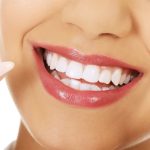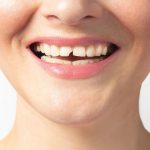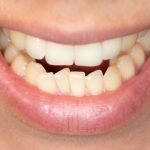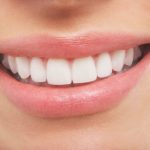Table of Contents
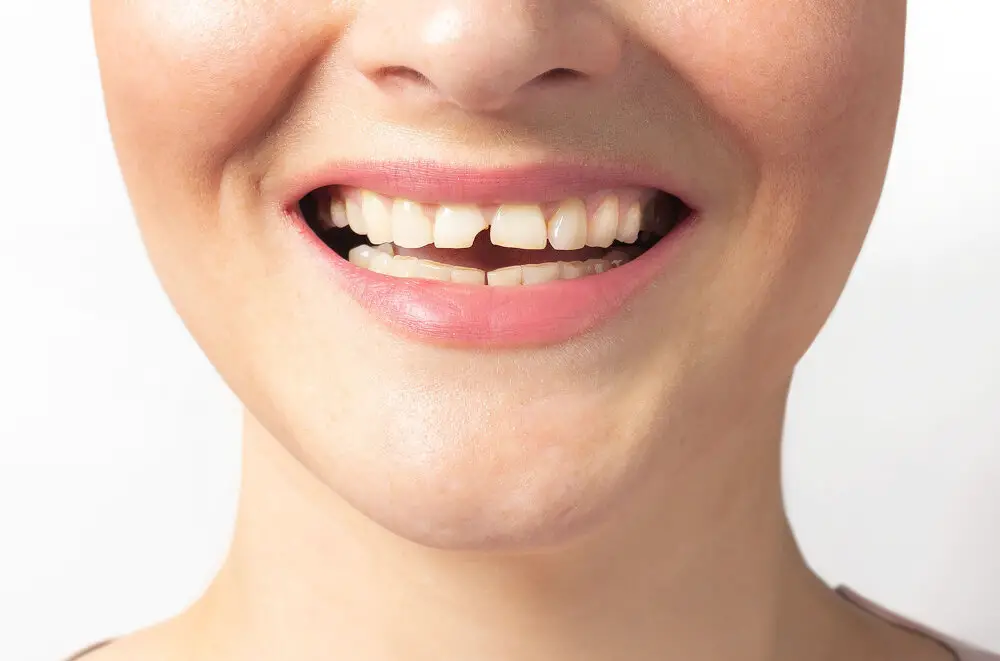
As humans, we all go through the natural process of losing our primary teeth in childhood to make way for our permanent set. However, did you know that tooth loss does not stop there? Many adults will continue to lose teeth throughout their lifetime due to a variety of reasons. From injury to disease, the loss of teeth can have a significant impact on the way we look, speak, and eat. In this article, we will delve into the mysteries of adult tooth loss and discover how many teeth we can expect to lose in our lifetime. Tooth loss is a common occurrence in adulthood and can be caused by a variety of factors. Gum disease, trauma, and decay are just a few of the reasons why adults may lose teeth. In fact, gum disease is the leading cause of tooth loss in adults. It is estimated that 47% of adults over the age of 30 have some form of gum disease, which can lead to tooth loss if left untreated. Understanding the reasons behind tooth loss is important for maintaining good oral health and preventing future tooth loss. Join us as we explore the fascinating world of adult tooth loss and uncover the truth about how many teeth we can expect to lose in our lifetime.
Adult tooth loss refers to the condition where an individual loses one or more teeth during their adulthood, typically after the age of 35. This can be caused by a variety of factors, including poor oral hygiene, gum disease, tooth decay, trauma, and genetic predisposition. Tooth loss can have a significant impact on an individual’s quality of life, affecting their ability to eat, speak, and smile confidently. Additionally, it can lead to other oral health problems, such as bone loss and shifting of the remaining teeth. Therefore, it is crucial to maintain good oral hygiene and seek professional dental care to prevent and treat tooth loss.
Understanding adult tooth loss is crucial to maintaining good oral health and overall well-being. Tooth loss can be caused by a variety of factors, including poor dental hygiene, gum disease, decay, trauma, and aging. It can also lead to numerous complications, such as difficulty chewing, changes in facial structure, and even systemic health problems like cardiovascular disease and diabetes. Additionally, tooth loss can have a significant impact on an individual’s self-esteem and quality of life. By educating ourselves about the causes, prevention, and treatment of adult tooth loss, we can take proactive steps to preserve our dental health and prevent the negative consequences of tooth loss.
Primary Teeth
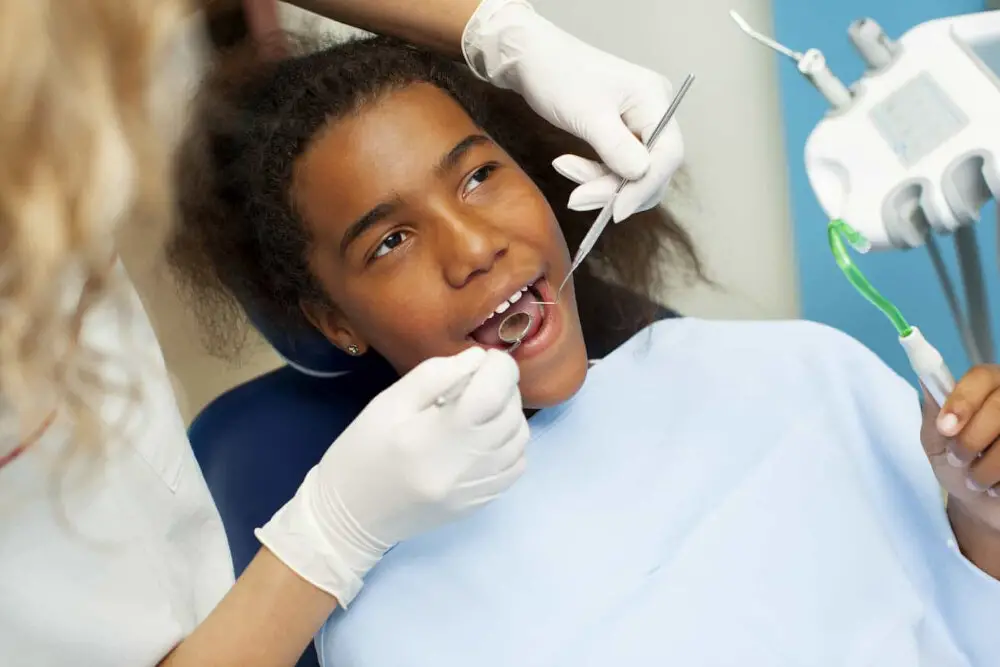
Primary teeth, also known as baby teeth or deciduous teeth, are the first set of teeth that develop in humans. They typically begin to emerge between six to twelve months of age and continue to grow until the age of three. The primary teeth serve several important functions, such as helping children chew food, speak properly, and maintain the proper spacing for permanent teeth. These teeth are also critical for the development of facial appearance, as they help shape the jawline and support the facial muscles. Despite being temporary, primary teeth require proper care and maintenance to ensure they remain healthy until they naturally fall out. Parents should encourage their children to brush their teeth twice a day with fluoride toothpaste, limit sugary foods and drinks, and schedule regular dental check-ups. Neglecting primary teeth can lead to cavities, infections, and other dental problems that can impact the development of permanent teeth. As primary teeth begin to fall out, parents should also ensure that their children are aware of the importance of proper oral hygiene to ensure healthy teeth and gums throughout their lives.
Primary teeth, also known as baby teeth, are the first set of teeth that children develop. Children typically have 20 primary teeth, which start to appear around 6 months of age and continue to erupt until around age 3. These teeth serve as placeholders for the permanent teeth that will eventually replace them. Losing baby teeth is a natural part of growing up, as the permanent teeth begin to come in and push the primary teeth out. The process of losing baby teeth typically begins around age 6 and continues until around age 12. While the loss of primary teeth can be a bit daunting for children, it is an important step in their oral development and sets the stage for a healthy and beautiful smile for years to come.
Primary teeth, also known as baby teeth, typically start to fall out between the ages of 6 and 12 years old. The process of losing primary teeth is entirely normal and natural, and it is an essential part of the child’s dental development. As the permanent teeth start to grow, they push against the roots of the primary teeth, causing them to loosen and eventually fall out. The order in which primary teeth fall out varies, but it typically follows the same pattern of the teeth’ eruption. The first primary teeth to be lost are usually the lower front teeth, followed by the upper front teeth, and then the molars. It is essential to encourage good oral hygiene habits in children to maintain healthy teeth and gums and ensure that their permanent teeth grow correctly.
Primary teeth, also known as baby teeth, play a crucial role in the development of adult teeth. They serve as placeholders for permanent teeth and help guide them into their proper positions. Primary teeth also aid in the development of the jaw and facial bones, ensuring that they maintain their proper shape and size. Neglecting primary teeth can lead to problems with the alignment and spacing of adult teeth, as well as jaw and bite issues. In addition, primary teeth are important for speech development, proper nutrition and overall oral health. Maintaining good oral hygiene habits for primary teeth is essential for the long-term health and well-being of adult teeth.
Permanent Teeth
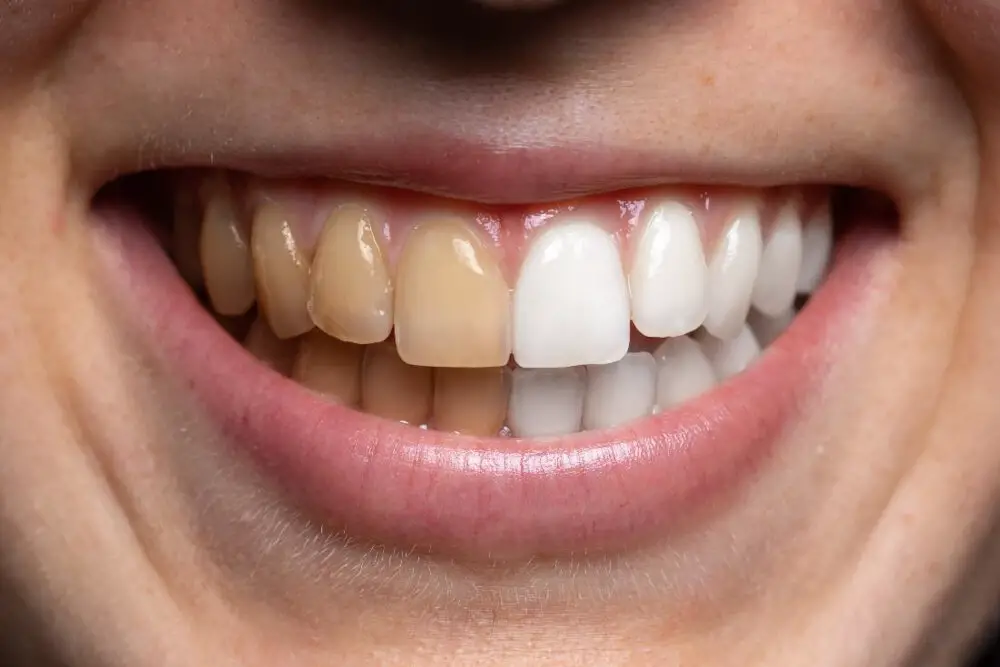
Permanent teeth, also known as adult teeth, are the set of teeth that replace the primary teeth in humans. These teeth are much stronger and more durable than the primary teeth and are designed to last a lifetime with proper care. There are 32 permanent teeth in total, including eight incisors, four canines, eight premolars, and 12 molars. The permanent teeth begin to emerge around the age of six and continue to grow and develop until the late teenage years. The permanent teeth play a crucial role in our overall health and well-being. They are responsible for helping us bite, chew, and speak properly, and they also contribute to the overall appearance of our face and smile. Maintaining good oral hygiene and taking care of our permanent teeth is essential for preventing tooth decay, gum disease, and other oral health problems. Regular dental check-ups and cleanings are also important for keeping our permanent teeth healthy and strong. Overall, our permanent teeth are an essential part of our oral health and should be given the proper care and attention they deserve.
Adults typically have 32 permanent teeth, including 16 in the upper jaw and 16 in the lower jaw. These teeth are divided into four types: incisors, canines, premolars, and molars. Incisors are the four front teeth in each jaw and are used for biting and cutting food. Canines are the next teeth and have pointed tips for tearing food. Premolars, located between the canines and molars, have flat surfaces for grinding and crushing food. Molars, located at the back of the mouth, have large, flat surfaces for grinding tough foods. While losing teeth is a natural part of childhood development, losing permanent teeth as an adult can indicate underlying health problems and should be evaluated by a dentist.
The shedding of primary teeth marks an essential developmental milestone in a child’s life. Generally, children have 20 primary teeth, which begin to appear around six months of age. These teeth then start to fall out between the ages of six and twelve years old, making way for the eruption of permanent teeth. The sequence of the loss of primary teeth is typically front teeth first, followed by the molars. By the age of twelve or thirteen, most children will have all their permanent teeth, which are 32 in total, except for the third molars, commonly known as wisdom teeth, which can appear later. The loss of primary teeth and the emergence of permanent teeth are natural and necessary processes that allow children to develop healthy and functional teeth for a lifetime.
Adult tooth loss is a common dental problem that affects many individuals worldwide. The leading cause of tooth loss in adults is periodontal disease, which is a bacterial infection that affects the gums and the bone that supports the teeth. Tooth decay and cavities are also major contributors to tooth loss, especially if left untreated. Additionally, poor oral hygiene, smoking, and excessive alcohol consumption can increase the risk of tooth loss. Trauma to the teeth, such as a sports injury or car accident, can also lead to tooth loss. Other factors that can contribute to tooth loss include genetics, age, and certain medical conditions like diabetes and osteoporosis. Regular dental check-ups, good oral hygiene practices, and a healthy lifestyle can help prevent adult tooth loss and maintain healthy teeth and gums.
Factors Affecting Tooth Loss
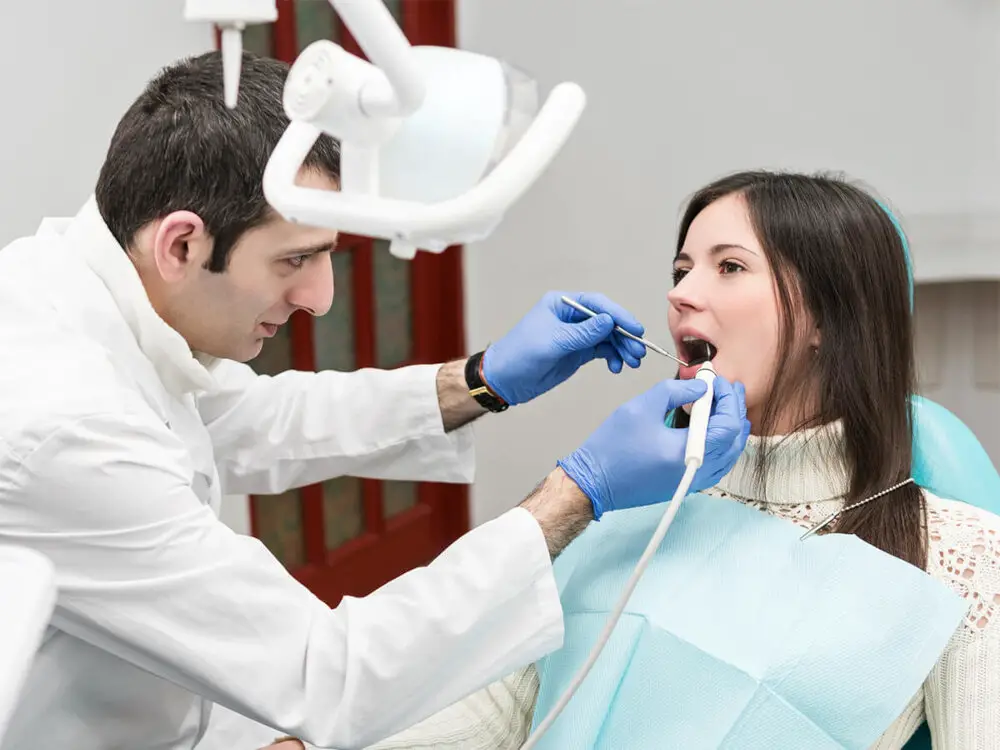
Tooth loss is a common problem among adults, and it can cause significant discomfort and embarrassment. There are various factors that can contribute to tooth loss, including poor oral hygiene, gum disease, tooth decay, and trauma. Poor oral hygiene is one of the most common reasons for tooth loss, as it can lead to the buildup of plaque and bacteria, which can gradually erode the teeth and gums. Gum disease, also known as periodontitis, is another common cause of tooth loss, as it can cause the gums to recede, exposing the roots of the teeth and making them more susceptible to decay and infection. Tooth decay, which is caused by the buildup of bacteria on the teeth, can also lead to tooth loss, as it can weaken the structure of the teeth and cause them to break or fall out. Finally, trauma, such as a blow to the face, can cause immediate tooth loss, as it can fracture or dislodge the teeth. Other factors that can contribute to tooth loss include age, genetics, and lifestyle habits. As we age, our teeth naturally become weaker and more prone to decay and damage. Genetics can also play a role in tooth loss, as some people may be more susceptible to certain dental conditions or have weaker tooth enamel. Lifestyle habits, such as smoking or excessive alcohol consumption, can also increase the risk of tooth loss, as they can weaken the teeth and gums and make them more vulnerable to decay and infection. Additionally, certain medical conditions, such as diabetes or autoimmune disorders, can also increase the risk of tooth loss, as they can weaken the immune system and make it harder for the body to fight off infection and disease. By understanding these factors and taking steps to maintain good oral hygiene and healthy lifestyle habits, individuals can reduce their risk of tooth loss and maintain strong, healthy teeth well into their adult years.
Age is one of the primary factors in adult tooth loss. As individuals grow older, the risk of losing teeth increases due to a variety of reasons. The gradual wear and tear of teeth over time, combined with the weakening of supporting structures such as gums and jawbone, can create a perfect storm for tooth loss. Additionally, as people age, they may be more susceptible to certain oral health issues such as decay and gum disease, which can also contribute to tooth loss. However, with proper dental care and maintenance, the risk of tooth loss can be significantly reduced, allowing individuals to maintain a healthy and functional smile well into their golden years.
Genetics plays a significant role in tooth loss as it affects the development, structure, and function of teeth. Studies have shown that genetic factors, such as variations in the genes that control the formation of tooth enamel and the strength of tooth ligaments, can increase the risk of tooth loss. Additionally, certain genetic disorders, such as amelogenesis imperfecta and dentinogenesis imperfecta, can cause abnormal development and weakened teeth, leading to premature tooth loss. While genetics may predispose an individual to tooth loss, lifestyle factors such as poor oral hygiene, smoking, and a high-sugar diet can also exacerbate the condition. Therefore, it is crucial to maintain good oral hygiene practices and seek regular dental check-ups to prevent tooth loss regardless of genetic predisposition.
Lifestyle plays a significant role in tooth loss. Unhealthy habits such as smoking, excessive alcohol consumption, and poor diet can have adverse effects on the oral health of an individual. Smoking not only causes discoloration of teeth but also leads to gum disease, which in turn can lead to tooth loss. Excessive alcohol consumption can lead to dry mouth, which can cause tooth decay and gum disease. A diet high in sugar and carbohydrates can also contribute to tooth decay. On the other hand, maintaining good oral hygiene, a healthy diet, and avoiding harmful habits can prevent tooth loss and promote overall oral health.
Prevention and Treatment

Prevention and treatment are the two main approaches to addressing adult tooth loss. Preventive measures are geared towards reducing the risk of tooth loss, while treatment options aim to replace missing teeth. The most effective way to prevent tooth loss is by practicing good oral hygiene. This includes brushing twice a day, flossing regularly, and visiting the dentist for routine check-ups and cleanings. Additionally, avoiding tobacco products, limiting alcohol consumption, and maintaining a healthy diet can also help reduce the risk of tooth loss. When it comes to treating tooth loss, there are several options available, including dental implants, dentures, and bridges. Dental implants are a popular choice as they provide a permanent solution that looks and functions like natural teeth. Dentures and bridges are also effective options for replacing missing teeth, but they are not as permanent as dental implants. In some cases, a combination of these treatments may be necessary to address more severe cases of tooth loss. Ultimately, the best course of action will depend on the individual’s specific needs and preferences, as well as the extent of the tooth loss.
To prevent tooth loss, it is crucial to maintain good oral hygiene practices such as brushing and flossing regularly. It is also important to limit sugary and acidic foods and drinks that can erode tooth enamel and lead to decay. Regular dental check-ups and cleanings can catch any issues early on and prevent further damage. Quitting smoking and reducing alcohol consumption can also decrease the risk of tooth loss. Wearing a mouthguard during sports or at night if you grind your teeth can protect against trauma or wear and tear. Finally, addressing any underlying health conditions or medications that may contribute to tooth loss can help preserve a healthy smile.
Tooth loss can be a daunting experience, but there are several treatment options that can help restore your smile and overall oral health. One of the most common solutions is dental implants, which involve surgically placing an artificial tooth root into the jawbone and attaching a replacement tooth. Another option is a dental bridge, which uses adjacent teeth as anchors to support a false tooth in between. Dentures can also be used for multiple missing teeth, either as a full set or a partial denture. Additionally, there are procedures such as bone grafts and sinus lifts that can help build up the jawbone to support implants or other restorations. With the help of a dental professional, you can determine which treatment option is best for your individual needs and restore your confidence in your smile.
Regular dental checkups are crucial for maintaining good oral health and preventing potential dental problems. These checkups allow dentists to detect any issues early on, such as cavities, gum disease, or even oral cancer. By catching these problems early, they can be treated before they become more serious and potentially lead to tooth loss. Additionally, regular checkups and cleanings can help remove plaque and tartar buildup, which can contribute to tooth decay and gum disease. Overall, regular dental checkups are a key aspect of maintaining healthy teeth and gums throughout your life.
Adult tooth loss is a common dental problem, which can have a significant impact on a person’s overall health and well-being. There are several causes of tooth loss, including poor oral hygiene, gum disease, tooth decay, and trauma to the mouth. Additionally, certain lifestyle factors such as smoking and excessive alcohol consumption can increase the likelihood of experiencing tooth loss. Other risk factors for tooth loss include age, genetics, and certain medical conditions such as diabetes. It is important for individuals to prioritize their oral health and seek regular dental care in order to prevent tooth loss and maintain a healthy, functional smile.
Maintaining good oral hygiene is crucial for preventing tooth loss. Neglecting your teeth and gums can lead to a variety of dental problems, including gum disease, cavities, and tooth decay, which can all contribute to tooth loss. Brushing your teeth twice a day, flossing daily, and regular dental check-ups and cleanings can help prevent these issues and preserve your teeth. Additionally, avoiding sugary and acidic foods and drinks and quitting smoking can also help reduce the risk of tooth loss. Taking care of your teeth not only contributes to a healthy mouth but also improves your overall health and well-being.
Conclusion

In conclusion, the process of adult tooth loss can be a complex and varied one, influenced by a range of factors such as genetics, lifestyle, and dental hygiene. While it is widely accepted that the average adult will lose between 20 and 32 teeth in their lifetime, this number can vary significantly from person to person. Understanding the causes and potential implications of tooth loss is crucial for maintaining good oral health, and seeking professional advice and treatment when necessary can greatly improve the long-term prognosis for teeth and gums alike. By taking a proactive approach to dental care and making informed decisions about diet, lifestyle, and hygiene, individuals can minimize their risk of tooth loss and enjoy a healthy, happy smile for years to come.
